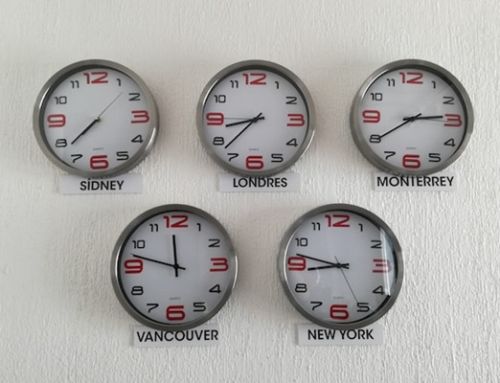There’s no denying that human resource (HR) management is a critical component of any organization. In the past, HR managers relied on spreadsheets to track employee data. But as organizations grew, so did the volume of data. Managing staff data in spreadsheets became time-consuming and error-prone. The data generated by HR processes can be challenging to sift through and analyze. This is where Power Business Intelligence (BI) comes in.
Power BI is a cloud-based business intelligence platform that helps organizations collect, organize, and analyze data. With this advanced solution, HR managers can easily visualize team members’ information, identify trends, and make better decisions.
Here’s how Power BI streamlines HR analytics:
It Connects To Multiple Data Sources
Your HR data probably resides across multiple systems, such as your human resource information system (HRIS), time tracking software, and payroll system. Power BI can connect to all these systems and bring your data together in one central place. This way, you can get a complete picture of your workforce.
With this innovative platform, you don’t have to waste time manually exporting data from each system, as well as importing it into a spreadsheet. Power BI does all the work for you. All you need to do is select the data you want to analyze and let the technology do its job. As a result, you’ll save valuable time that you can use to perform other HR tasks.
For a more comprehensive guide on how to use Power BI for HR analytics, you can watch this video or check out other online sources:
It Transforms Data Into Insights
Power BI will transform your data into insights once your data is in one location. The platform uses artificial intelligence (AI) and machine learning (ML) to detect patterns and trends in your data. It then presents the findings in easy-to-understand visuals, such as charts and graphs.
You can quickly identify which HR practices are working and which ones need improvement with Power BI. For example, you might discover that your team member turnover rate is high because of a lack of development opportunities. Armed with this insight, you can take steps to improve your employee retention rate. This approach is beneficial for your organization, as it reduces the need for replacements, which can be costly.
It Helps You Make Data-Driven Decisions
Power BI doesn’t just provide insights, but it also helps you make sound decisions. This tech solution makes it easy to share your findings with other team members. You can create custom reports and dashboards that everyone in your company can access.
You can keep your team in the loop about your decisions using this power tech trend. For instance, if you’re considering changing the company benefits package, you can use Power BI to share your data-driven decision with your team. So, your staff will understand why the change is being made and how it’ll benefit them.
There’s nothing more frustrating than making a decision based on gut feeling. But with Power BI, you can say goodbye to guesswork and hello to data-driven HR analytics.
It Simplifies Complex Data
It’s no secret that HR data can be complex. The data collected by HR systems can be challenging to understand and interpret. But Power BI can simplify complex data and make it easy to digest.
This cutting-edge technology uses natural language processing (NLP) to turn complex data into simple visuals. This feature makes it easy to explore your data and find the answers you’re looking for. And with its intuitive design, you don’t need to be a data expert in using Power BI. The platform is designed for users of all skill levels.
It Boost Security And Privacy
Data security and privacy are always top of mind with HR professionals. After all, you’re dealing with sensitive employee information. And if this data falls into the wrong hands, it could be disastrous for your company.
Fortunately, Power BI takes security and privacy seriously. The platform has built-in security features that protect your data from unauthorized access. That means you can restrict access to certain reports and dashboards. For example, you can allow some users to view data while preventing others from downloading or exporting it. And with its data encryption feature, you can be confident that your company’s confidential data is safe and sound.
In addition, Power BI complies with all the latest data privacy regulations, such as the General Data Protection Regulation (GDPR) and the California Consumer Privacy Act (CCPA). This level of security and privacy gives you peace of mind knowing that your data is in good hands.
Conclusion
Power BI is a powerful tool that you can use to streamline HR analytics. This state-of-the-art technology is beneficial for organizations of all sizes if used correctly.
Now it’s time to assess how your organization can leverage Power BI to its full potential. Use this guide to get started and see how this cutting-edge tool can take your HR analytics to the next level.





Leave A Comment